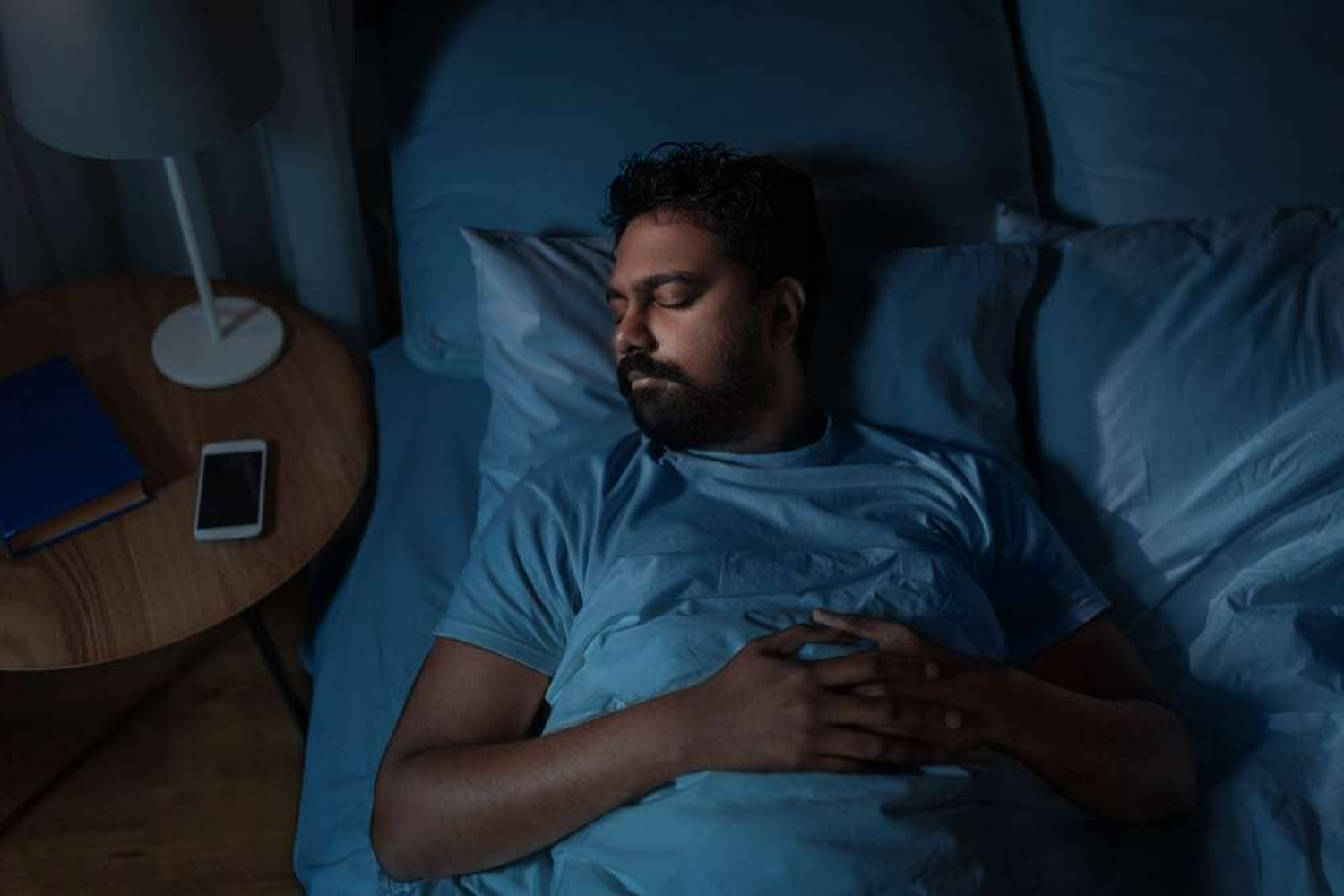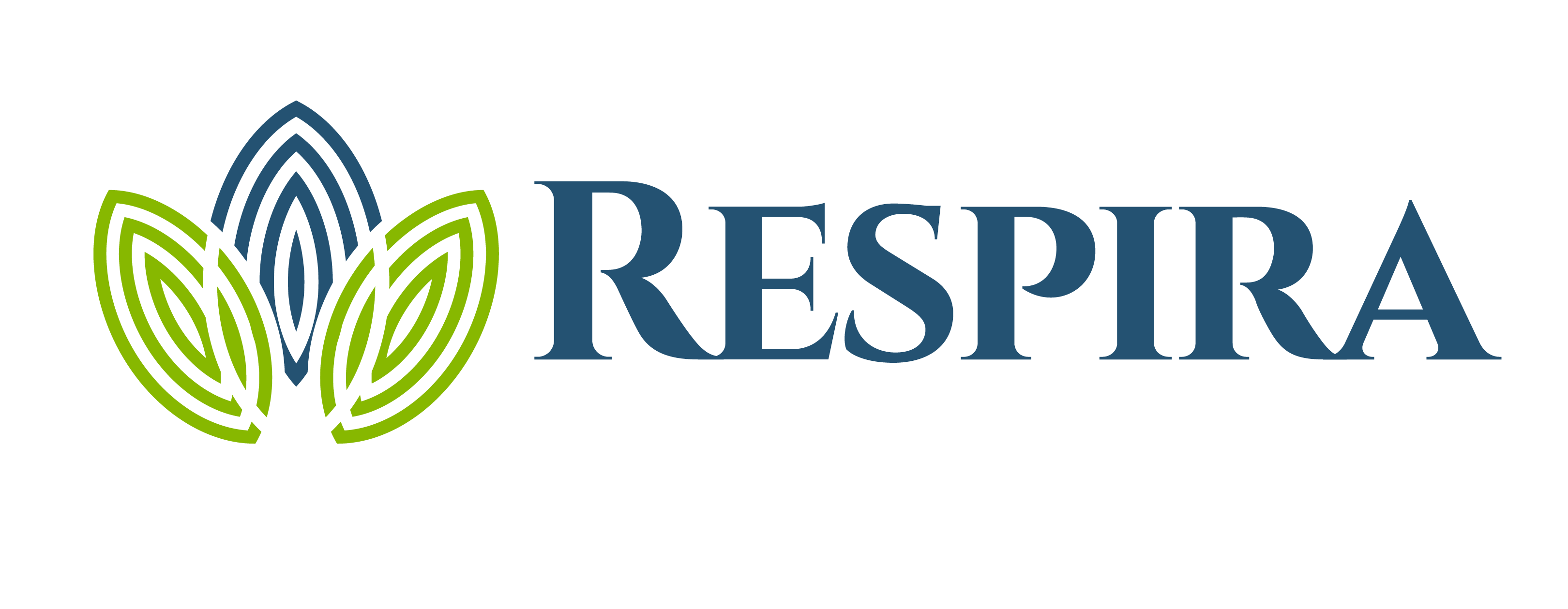

What is Sleep Apnea?
Sleep apnea is a condition marked by abnormal breathing during sleep. It is most commonly caused by anatomical flaws. The size and positioning of a person's neck, jaw, tongue, tonsils, and the tissue structure near the back of the throat can directly affect airflow. People with sleep apnea have multiple extended pauses in breath when they sleep. These temporary breathing lapses cause lower-quality sleep and affect the body's supply of oxygen, leading to potentially serious health consequences.
Types of Sleep Apnea:
Though obstructive sleep apnea (OSA) is the most common type of sleep apnea, it's not the only type. With OSA, your airway is physically obstructed while you sleep, causing you to stop breathing and wake up.
Central sleep apnea (CSA) is a rare type of sleep apnea that's caused by difficulty in communication between your brain and your body.
Risk Factors for Sleep Apnea
Your risk for sleep apnea increases with age and the risk is higher for males, but there are a variety of other factors that can contribute to the condition. These can include:
- Excess weight/large neck circumference
- Family history
- Smoking
- Alcohol use
- Small jaws
- Premolar extractions
- Headgear
The Dangers of Untreated Sleep Apnea
Sleep apnea is not a condition to be taken lightly because it can lead to serious health complications. Some of these complications include:
- Daytime fatigue
- Difficulty concentrating
- Increased risk of motor vehicle and workplace accidents
- Irritability
- Depression
- Behavioral problems
- Poor academic performance
- Metabolic syndrome
- Complications with medications and surgery
- Sleep-deprived partners
- Changes in metabolism
- Erectile dysfunction
More dangerous health conditions include:
- High blood pressure
- Heart problems
- Lack of oxygen to the brain
- Heart attacks
- Type 2 diabetes
- Liver problems
- Possibility of sudden death


